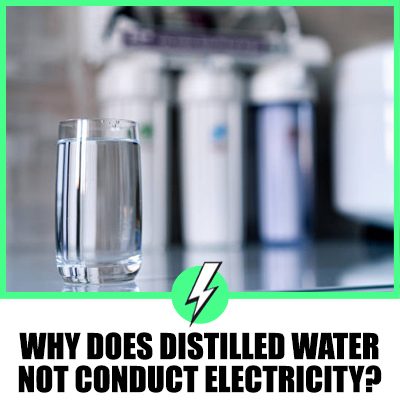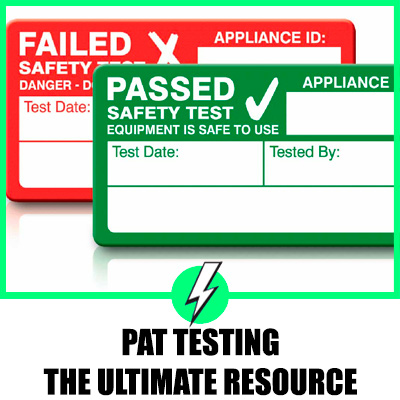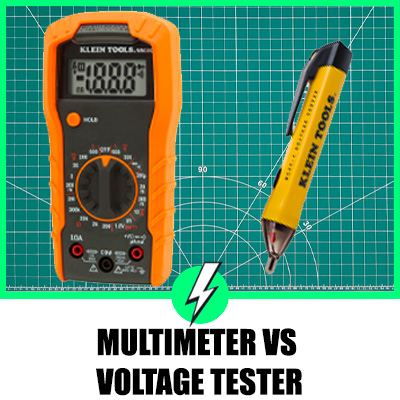In Thailand, Why Are There So Many Overhead Cables?
Have you ever wondered how it’s possible to make an electrical repair to the overhard cables in Thailand?
To the foreign eye, it seems impossible how this spaghetti of power cables, telecoms lines, and fibre lines could be routed overhead. The local electricians can still identify faulty power lines. It’s easy to identify the power lines. They are always further up the pole and always have conductors.
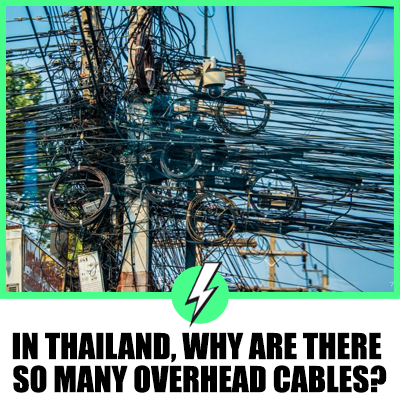
Contents
Why are overhead cables used?
Infrastructure. A network of poles has been in place all over Thailand for decades, and it has been easy to piggyback new services onto these poles.
Of course, the electricity company that owns the poles charges the other utility companies to use the existing poles.
Overhead cables are quickly replaced in the case of natural disasters such as typhoons, earthquakes, and tsunamis, which is an excellent reason to keep your power cables overhead.
How can the number of overhead cables be reduced?
In Bangkok, there are moves to put power cables and cables from other utilities underground, but it’s such a monumental task with astronomical costs. It’s estimated a 400 Km stretch will take three years to complete.
There is a concerted effort to move cluttered overhead cables into trenches and or into overhead tubes to relieve the eyesore developed over decades of expansion and development of the country’s capital.
The 400 Km project will run in tandem with the Metropolitan Electricity Authority (MEA) and the Provincial Electricity Authority (Pea), and Bangkok Metropolitan Administration ( BMA).
However, Thailand is a huge country, and the overhead cables will remain in the provinces for the foreseeable future.
Why are overhead power lines hung loosely?
Power lines generate heat, and in hot countries, they generate more heat due to the ambient temperature.
Looping cables and loosely hanging them allow for cable cooling as the heat can dissipate more easily.
What do overhead cables do in Thailand?
The spaghetti of cables you see is not just electricity. Many cables are running internet lines to individual homes.
Data cables carry huge amounts of information, and without other ways to transmit the data, the cables must be placed on poles.
Is it only Thailand that has this problem?
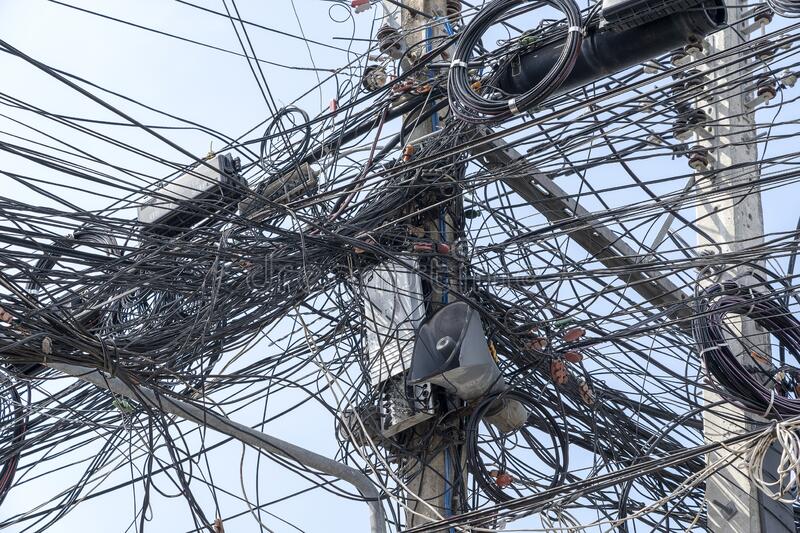
Many South-East Asian countries have this problem. The problem is an infrastructure issue, and with politicians using funds for their favourite projects, the power cables remain somewhat precarious.
Growth in these developing countries over the past couple of decades, and longer in some cases, has exacerbated the difficulty of delivering power.
Using overhead power lines enables power companies to thread 100 kilometres of overhead cables in a shorter time than trenching.
Are underground electric cables better?
In countries that are more prone to natural disasters, it would seem that underground power cables are the way to proceed. High winds can damage the cables.
If the cables are safer underground, it’s a no-brainer for local governments to place these power lines underground and beautify the surroundings.
The problem arises when you find out that it costs up to seven times the cost to bury cables than hand them overhead!
If an area is prone to flooding (Asian countries do have big floods), the cable needs to be replaced due to the possible formation of mildew on the insulation, making the cable dangerous.
Does the USA have all cables buried underground?
No, the cost is too high for the local government units to afford the installation of underground cables.
One such state is Louisiana, which has decided it’s not economical to bury its power lines due to cost.
Why does Japan use overhead power lines?

It’s a different story for Japan. After world war 2, the Japanese government wanted to rebuild the nation as fast as possible. The fastest way to distribute electricity across the country was to use poles and overhead cables.
There is a significant push to take all overhead cables underground, but the economy has to make sense even in a wealthy country like Japan.
Is underground cabling safe?
Yes and no, there are some inherent problems with underground cables and infrastructure in developing countries.
There is no way to tell if an underground cable is live and what’s more hazardous. It can look like a pipe.
Damaging underground cables from construction work activities can be fatal or cause lifelong injuries.
Can water and power be in the same trench?
Some say No others say yes! Power and water can share a trench, but there are obvious concerns as electricity and water are a dangerous combination.
The problem with sharing a trench is it will become more costly to undertake maintenance and repairs due to the need to have both utilities on-site and simultaneously.
How are water lines trenched in South East Asia?
In cities, the water lines are trenched to provide water services to their consumers. Still, once you move away from the larger cities, many water pipes are inches under the surface ground, and many lay on the ground’s surface.
Are European power lines underground?
Some, Germany and the Netherlands lead the way with an estimated 41% of high voltage cables running underground.
Domestic homes are supplied via underground cables from the local transformer.
Will Thailand meet their goals of placing power cables underground?
Yes, but it will be a long time, although Thailand has the highest GDP amongst its South-East Asian partners, which enables Thailand to push forward with its plans to upgrade to buried cables and have a more eye-pleasing presence for its tourists.
For the provinces and tourist areas such as Pattaya, it’s uncertain when they will achieve underground power supplies. Still, for now, they are making the power supplies neat and tidy as the country launches itself back into tourism after COVID.



